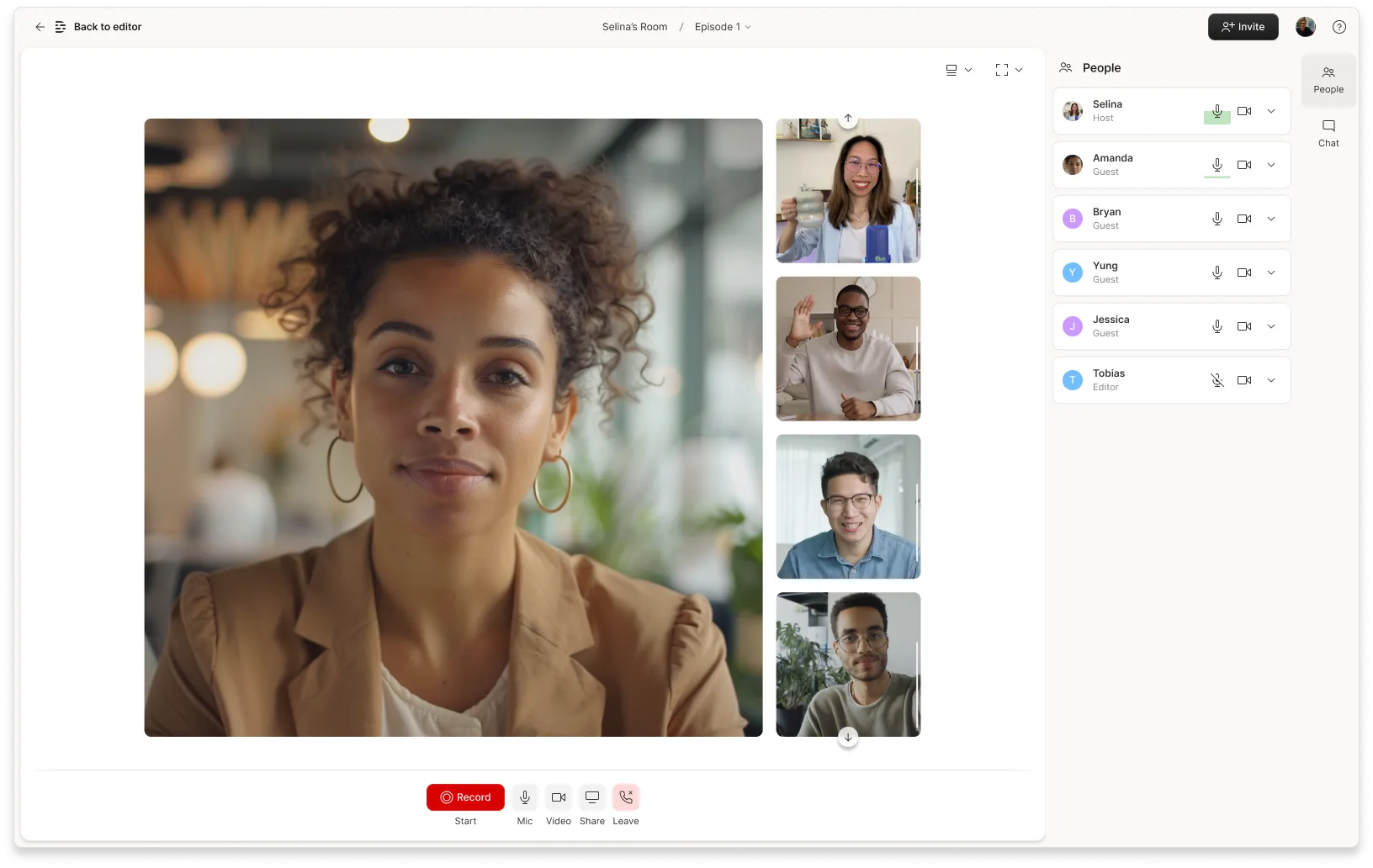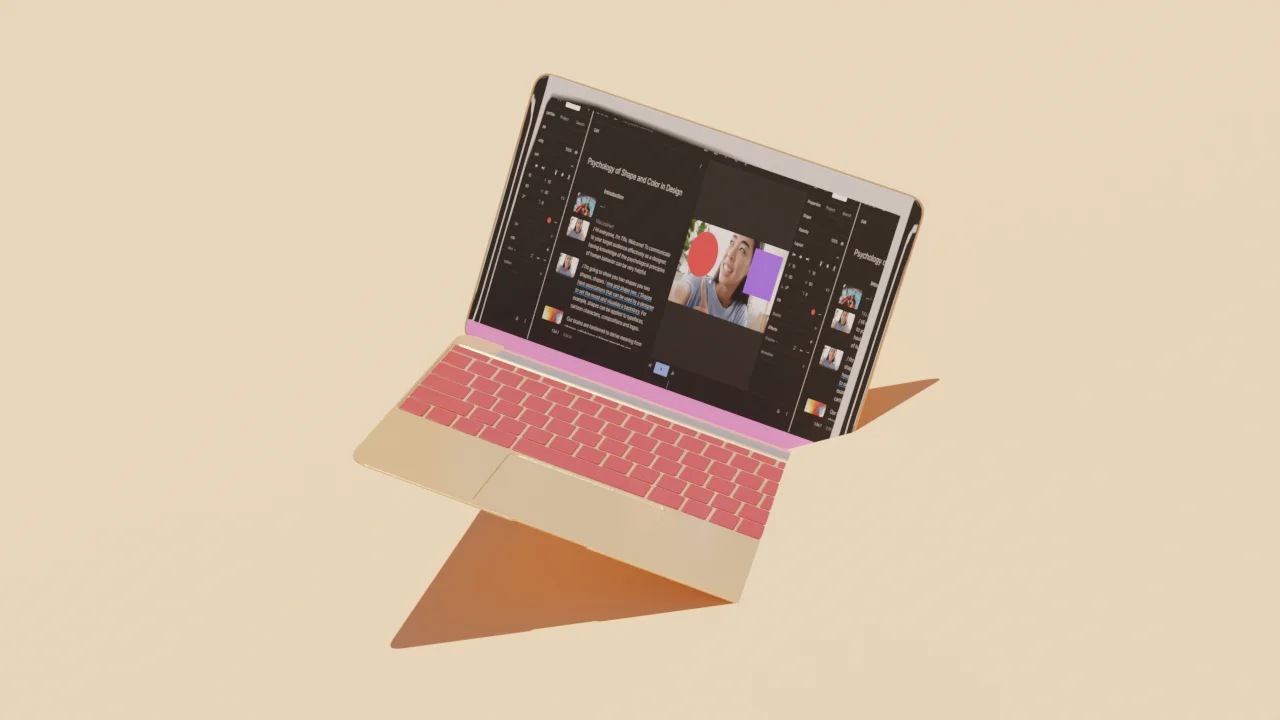Tone is the difference between the way you talk to your dog and the way you talk to your boss. In both instances it’s you talking, but your pitch, your pacing, and the kind of words you use are probably very different. Your audience and intent are different, so your tone is too.
Finding the right tone for your podcast is a critical element for success. The “right” tone will depend on your subject matter, your audience, and you. Your tone will tell your listeners a lot about you: whether you’re interesting, what kind of person you are, if you’re sincere, and whether or not they can trust you. Let’s break down different tones of voice and how to use them to give your new podcast the best chance of connecting with your audience.
Before we start, we should note that we’ve also explored tone of voice in our newsletter. Read that to hear how some accomplished creators hone their tone of voice, and how you can address some common challenges with tone.
How to determine the right tone for your podcast
They say good artists borrow, great artists steal. So don’t be afraid to look to other podcasts to get an idea for an appropriate tone of voice for yours. There’s nothing wrong with getting a few style tips from Michael Barbaro, Terry Gross, or Nikole Hannah-Jones (or maybe Kirsty Young if you’re reading this from the other side of the Atlantic).
At the same time, you don’t want to do an impression of someone. There is a tendency for some podcasters to try to sound like they’re on NPR, or of a style that has gained popularity and recognition. You’re not Nikole, Michael, or Terry (and you probably can’t copy Kirsty’s Scottish accent)—that’s OK, you don’t have to be. It’s your podcast, you should be you.
A good rule of thumb is to take notes on your impressions of the tone, then work from your notes rather than trying to mimic the podcaster’s voice. For example, if you were taking notes on This American Life, you might say the tone was “conversational journalism” or “like an author answering questions after a book reading” rather than focusing on Ira Glass’s personal way of talking, which might be described as “staccato narration”.
Let the tone of other podcasters inspire you, rather than trying to imitate them.
Some speaking tones and subject matter combinations are obviously a bad fit. You wouldn’t do a true-crime podcast with a wacky morning DJ tone. If your podcast is more of a panel with cohosts, you’re not likely to use a slow, sonorous tone. Let’s explore some ways to develop and write for our own voice.
Who is my audience?
Defining your audience is a crucial step toward creating a successful podcast. Your audience will not only often inform the length, format, and style of your podcast, but the tone and pace you use in reaching them. Sports enthusiasts are obviously going to expect their host to be as thrilled as they are (perhaps more so), whereas if your audience is history buffs, they might expect a more subdued, less emotional approach. The wrong tone for the audience can turn off a lot of listeners and create a disconnect between what you’re trying to say, and HOW you’re saying it.
What is my level of experience and knowledge of the subject matter?
Sometimes a podcast is a journey you take with your listeners and sometimes it’s more exposition. Each will have a different tone. If you’re learning together, an informal tone with questions, thought-provoking statements, and rising intonations might be a good fit. If you’re instructing, try a more matter-of-fact and confident approach.
What role am I playing?
Is your job as a podcast host more akin to that of a journalist? An instructor? A therapist? An entertainer? Think about how your audience might perceive you based on the content you produce and the stories you tell. Later we’ll look at some examples of which roles go with which kinds of podcasts.
Podcast genres and their appropriate tones
- Politics: Journalistic tone. Use an authoritative and even tone of voice designed to convey information clearly and concisely. You want to sound knowledgeable and credible without coming off as pompous.
- History: Educational tone. There’s a subtle difference between journalistic and educational. Both are authoritative, but an educational tone has a hint of storytelling to it. After all, you’re trying to make history come alive, not just recite dates and events. Don’t speak too quickly and avoid rising intonations that make it sound like you’re asking a question.
- Travel: Storytelling tone. While people do listen to travel podcasts for information, recounting travel is ultimately a storytelling exercise because travel is an adventure. Here your tone may evolve with more excitement as you unfold events, paint visual pictures, and describe experiences in great detail.
- Technology: Informative tone. People listen to technology podcasts to better understand complex technological details. The right tone here is one that is clear and confident with an even pace. You can pause to allow listeners time to digest information, but always have an idea about what you’re going to say next.
- Self-help: Reassuring tone. Listening to a self-help podcast is often an exercise in vulnerability. To make your listeners feel at ease, you want to sound at ease yourself. Warm, friendly, and soft tones are often called for here.
- Human sexuality: Intimate tone. Intimate doesn’t mean whispering, it means a tone that conveys an appreciation for the sensitivity of a subject. This is one instance where sounding like you are suggesting something—using a rising intonation—rather than stating it as a fact can be a better tactic.
Tips to find your ideal tone of voice
- Try it out. Record yourself and listen to it. If you can, have others listen to a trial run and give you feedback. It might feel uncomfortable, but it’s less uncomfortable than releasing your podcast and missing the mark.
- Be yourself. You want to strike the right tone but you don’t want to have it sound like an affectation. Don’t be afraid to show your emotions. As always, your podcast should be a reflection of you, rather than you trying to be someone else.
- Eliminate filler words. With enough practice and discipline, you can train yourself to not use “um”, “er” and other filler words most people are used to peppering their speech with. With all that practice, some filler words might slip in, but you can just use Descript’s automatic filler word detection to easily remove them for you and your guests.
- Rest your voice as much as you can the day before podcasting. Your vocal cords are moved by muscles and just as you shouldn’t lift weights two days in a row, you should give your voice a day off in between podcasting. This doesn’t mean you shouldn’t talk at all, but definitely put off the karaoke and make time to warm up your voice day-of.
- Speak evenly and deliberately. Your pace should be one that’s not so fast that it’s unintelligible and not so slow that it’s sleep-inducing. What will help here is if you have a good idea of what you’re going to say before you say it. Sometimes an extemporaneous discussion can really make a podcast fun, but preparation is what makes it worth the listener’s time.










































